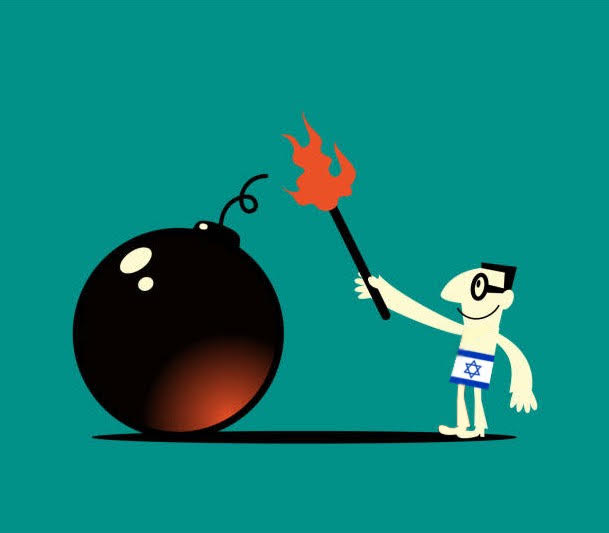From former Mossad agent Victor Ostrovsky’s book ‘The Other Side of Deception’–
‘At the time, chasing Palestinians who infiltrated the border to carry out acts of sabotage was almost a daily occurrence. Most of the time, the infiltrators would be killed during the chase or in short skirmishes in the parched desert. There were cases, however, in which the terrorists would be captured alive; nevertheless, most of the time, even if they were taken alive, they’d be announced as dead over the radio so no one would await their return.’
‘That was where I would come in as a military police officer; my job was to take the prisoners to a holding facility in Nes Ziyyona, a small town south of Tel Aviv. I’d always assumed that it was an interrogation facility for the Shaback. We all knew that a prisoner brought there would probably never get out alive, but the brainwashing we’d gone through in our short lifetimes had convinced us it was them or us; there was no gray area.’
ABC warfare laboratory developing doomsday machines
‘It was Uri who enlightened me regarding the Nes Ziyyona facility. It was, he said, ‘an ABC warfare laboratory – ABC standing for atomic, bacteriological, and chemical. It was where our top epidemiological scientists were developing various doomsday machines.’ Because we were so vulnerable and would not have a second chance should there be an all-out war in which this type of weapon would be needed, there was no room for error. The Palestinian infiltrators came in handy in this regard. As human guinea pigs, they could make sure the weapons the scientists were developing worked properly and could verify how fast they worked and make them even more efficient. What scares me today, looking back at that revelation, is not the fact that it was taking place but rather the calmness and understanding with which I accepted it.’
‘Years later, I met Uri again. This time he was in the Mossad, a veteran katsa in the A1 department, and I was a rookie. He had come back from an assignment in South Africa. I was then a temporary desk man in the Dardasim department in liaison, helping him prepare for a large shipment of medication to South Africa to accompany several Israeli doctors who were headed for some humanitarian work in Soweto, a black township outside Johannesburg. The doctors were to assist in treating patients at an outpatient clinic for the Baragwanath hospital in Soweto, a few blocks away from the houses of Winnie Mandela and Bishop Desmond Tutu. The hospital and the clinic were supported by a hospital in Baltimore, which served as a cut-out for the Mossad. Uri was on a cooling-off period from the United States.’
‘What is Mossad doing giving humanitarian assistance to blacks in Soweto?’ I remember asking him. There was no logic to it; no short-term political gain (which was the way that Mossad operated) or any visible monetary advantage.’
‘Do you remember Nes Ziyyona?’
His question sent shivers up my spine as I nodded.
‘This is very much the same. We’re testing both new infectious diseases and new medication that can’t be tested on humans in Israel for several of the Israeli medicine manufacturers. This will tell them whether they’re on the right track, saving them millions in research.’
